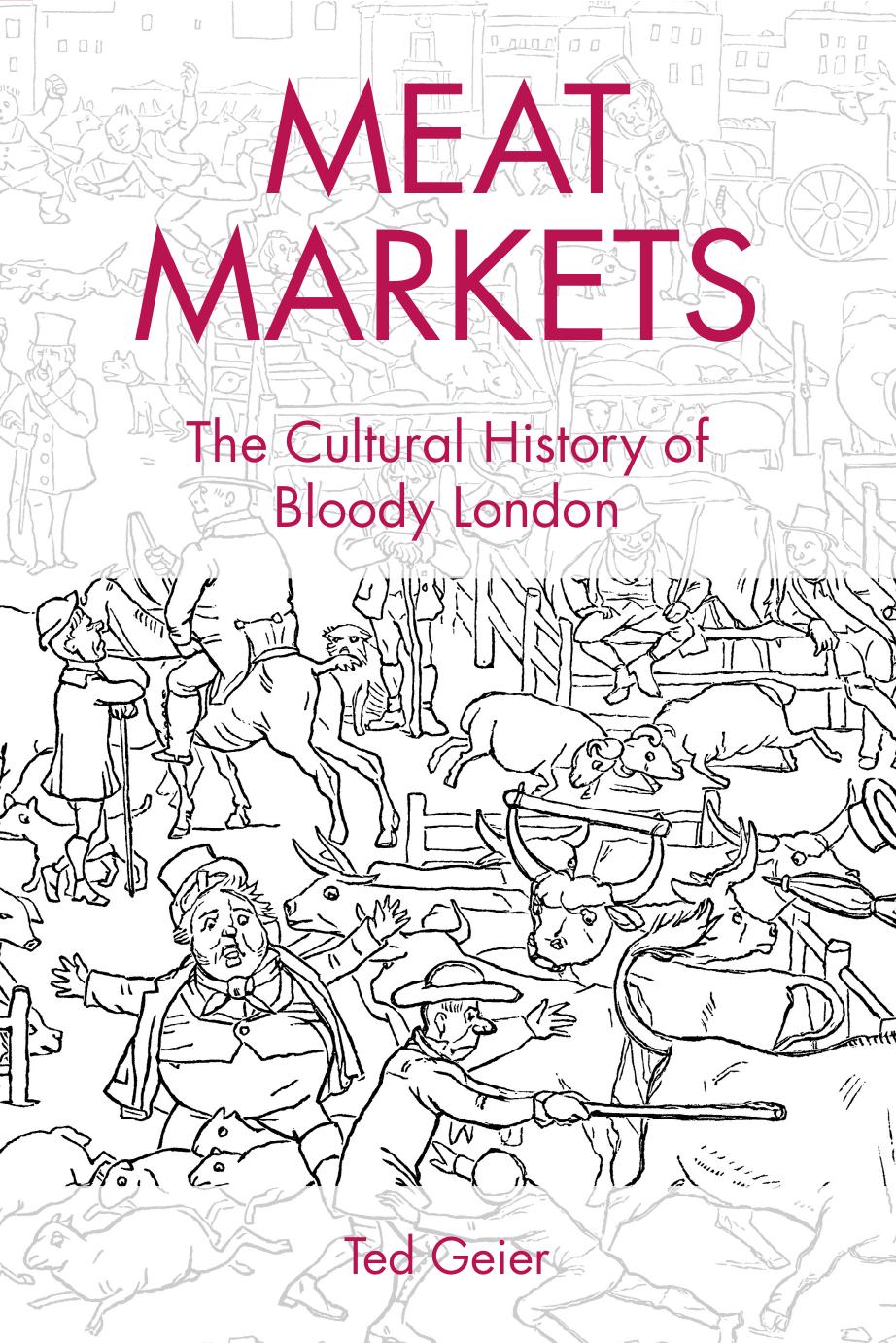Meat Markets: The Cultural History of Bloody London by Ted Geier

Author:Ted Geier [Geier, Ted]
Language: eng
Format: epub, pdf
Tags: Nature, Animal Rights, History, Social History, Europe, Great Britain, General, Literary Criticism
ISBN: 9781474424738
Google: xDZYDwAAQBAJ
Publisher: Edinburgh University Press
Published: 2017-06-23T01:12:13.042000+00:00
Figure 2 OXO Tower, London. Used by permission of walklondon.com.
The distinctive container for Bovril has always had a rather bulbous profile, and Bovril advertisements from the late nineteenth century provide endless entertainment around the thinking they inspire on the question of disintegrating the animal body to then incorporate it into the human body (Figure 3). Bovril reissued a number of its early container covers in 2015 as a 125th anniversary commemoration. Searching through the various advertising campaigns and packaging slogans in the Bovril annals leads to endless cultural analysis, and some are particularly revealing. Some are curiously ambiguous on all of the intersecting animal concerns, technological reductions and disintegrations, and themes of vitality and beastliness. One original advertising image, a version of which is now part of the Victoria and Albert Museum collection, invokes the ‘brother’ of Coleridge’s ‘To a Young Ass’ in a curious form of apostrophe. A weeping ox looks down upon a Bovril jar with the caption ‘Alas! My poor Brother.’ Other examples make the ties between national pride, duty and meat consumption quite clear (Figure 4).
Whatever the animal concern was to accomplish in the period, its ultimate, most ubiquitous product has been the welfarist-industrial subjection of animal lives to a walking death. This erasure of life from the business of food production, or this invention of meat without animals, has a parallel history in the abjection of labouring classes from the civilised society Londoners – some Londoners, at least – saw themselves as. There is a shared abjection. This time, it is not a peasant poet and a trembling mouse unified in mutual suffering, but the killer and the killed themselves united in a classist, categorical urban ideal in response to the inability to process the Smithfield scene and on the wings of the sweeping economic-industrial interests of London’s upper classes.
Download
Meat Markets: The Cultural History of Bloody London by Ted Geier.pdf
This site does not store any files on its server. We only index and link to content provided by other sites. Please contact the content providers to delete copyright contents if any and email us, we'll remove relevant links or contents immediately.
4 3 2 1: A Novel by Paul Auster(12260)
The handmaid's tale by Margaret Atwood(7660)
Giovanni's Room by James Baldwin(7160)
Asking the Right Questions: A Guide to Critical Thinking by M. Neil Browne & Stuart M. Keeley(5598)
Big Magic: Creative Living Beyond Fear by Elizabeth Gilbert(5575)
Ego Is the Enemy by Ryan Holiday(5263)
The Body: A Guide for Occupants by Bill Bryson(4944)
On Writing A Memoir of the Craft by Stephen King(4846)
Ken Follett - World without end by Ken Follett(4617)
Adulting by Kelly Williams Brown(4462)
Bluets by Maggie Nelson(4457)
Eat That Frog! by Brian Tracy(4407)
Guilty Pleasures by Laurell K Hamilton(4338)
The Poetry of Pablo Neruda by Pablo Neruda(4016)
Alive: The Story of the Andes Survivors by Piers Paul Read(3953)
White Noise - A Novel by Don DeLillo(3935)
Fingerprints of the Gods by Graham Hancock(3922)
The Book of Joy by Dalai Lama(3879)
The Bookshop by Penelope Fitzgerald(3760)
